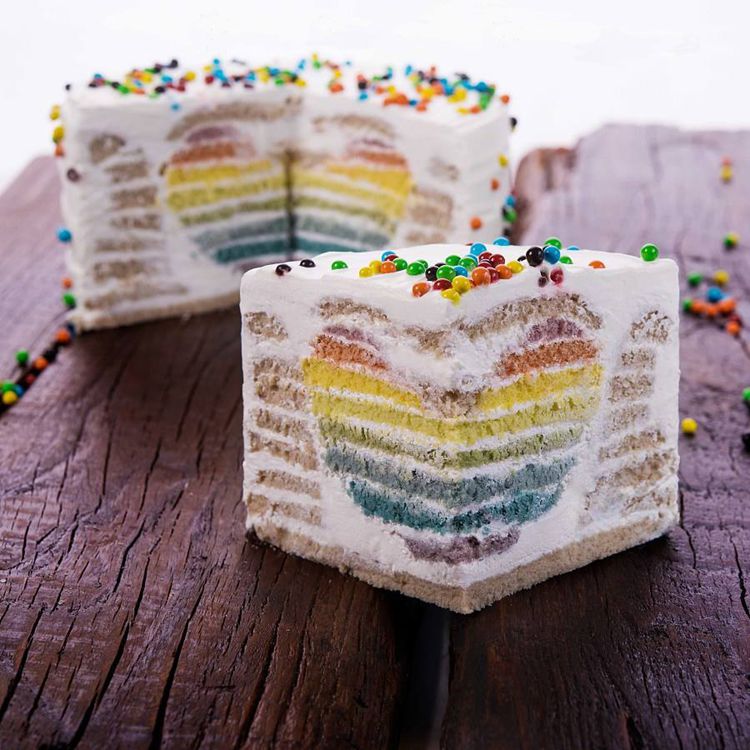GUANGDONG KELONG BIOTECHNOLOGY CO., LTD.
Add: No.5-17 and No.5-32, South area of Qibao Industry and Trade, Huicheng, Xinhui, Jiangmen, Guangdong, China
Tel:+86-750-6978788
Fax:+86-750-6978868
Wechat: 13828063050
Website: http://www.kelongbio.com
Email: export@kelongbio.com
marketing@kelongbio.com

Natural food coloring refers to pigments that come directly to automatic plant tissues. Except that vinegar is highly toxic and not used, the rest is generally harmless to human health. Natural edible pigments that are allowed to be used in China and have national standards are: curcumin, insects Gum pigment, safflor yellow, chlorophyll copper sodium salt, capsanthin, sauce color, red yeast rice and β-carotene.
1. Curcumin: It is a perennial herb called gold or turmeric. The yellow pigment contained in the rhizome is the main component. Pure curcumin is a yellow crystalline powder. It has strong coloration and is especially suitable for protein coloration.
2. Shellac pigment: Shellac pigment is a pigment component in the raw gum secreted by lac insects on its parasitic plants. Shellac pigments are divided into two categories: water soluble and water insoluble. It is a shellac red acid. It is stable to light and heat when it is acidic. The color tone varies with acid reduction.
3, safflower yellow pigment: is a yellow pigment in safflower pigment. soluble in water and ethanol, insoluble in oil.
4, chlorophyll copper sodium salt: blue-black with a golden luster powder, amine-like taste, soluble in water, aqueous solution is blue-green, light resistance is stronger than chlorophyll.
5. Red yeast rice: It is one of the natural red pigments traditionally used in China. The production method is to inoculate Rhodotorula oxysporum on rice. It is mainly used for making pork roast, red enema, red bean curd and some dyeing. use.
6, sauce color: caramel, is one of the traditional natural pigments used in China, is a brown or dark brown liquid. Liquid caramel is heated sucrose or malt syrup at 160 ~ 180 ° C for 3 hours, so that The caramelization is then carried out by neutralization with a base, and in order to accelerate the reaction, an ammonium salt is sometimes added as a catalyst.
Caramel itself is non-toxic, but the caramel produced by the addition of ammonium salt contains a nitrogen-containing heterocyclic compound 4-methylimidazole, which has a convulsive effect and is harmful to humans if the content is high.
7, carotene: is a normal ingredient in human food, is one of the nutrients that people need, can be used as a cream coloring agent.
8. Capsanthin and beet red: Red pigments derived from the roots of pepper and beet, respectively. The former is a carotenoid, but the carrot A is not toxic to humans and can be used for canned food.